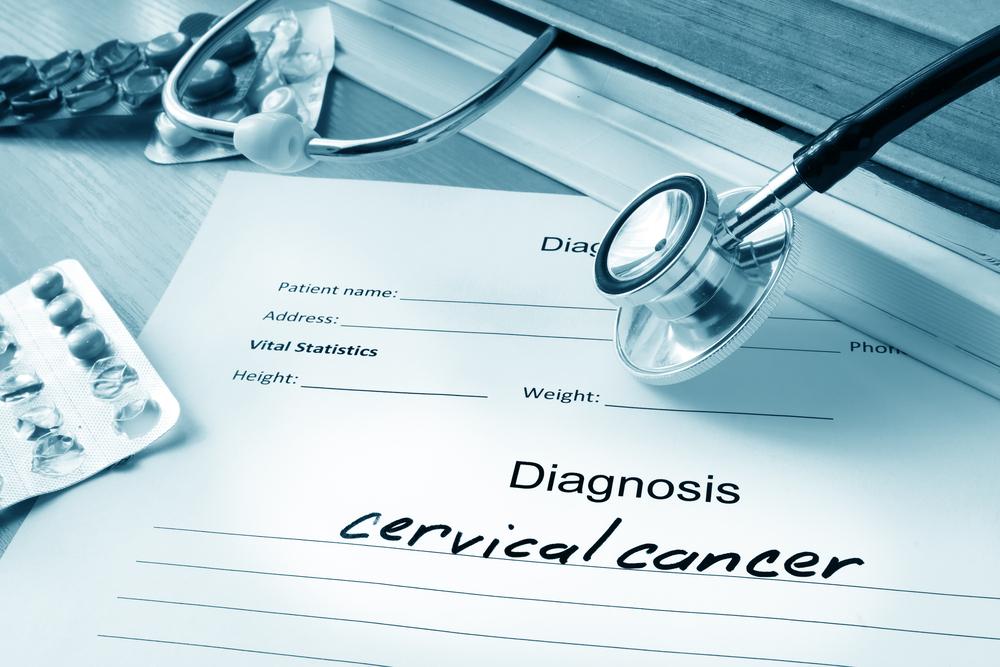Understanding Soft Tissue Sarcoma: Causes, Development, and Stages
This article provides a comprehensive overview of soft tissue sarcoma, including its causes, risk factors, and the staging process. It explains how genetic mutations and environmental exposures contribute to development. The staging system, based on tumor size, spread, and grade, helps determine prognosis and treatment strategies, offering essential insights into this rare cancer’s progression and management.
Sponsored

Overview of Causes and Progression of Soft Tissue Sarcoma
Soft tissue sarcoma is a cancer that originates in the connective and soft tissues of the body, which support and connect organs and structures. These tissues include tendons, ligaments, fascia, and others, composed mainly of collagen, elastin, and ground substances rich in water. Fibroblasts are the primary cells responsible for producing these components.
The exact causes of soft tissue sarcoma remain unclear. It develops when genetic mutations in cells, especially involving DNA and genes, cause uncontrolled cell growth, leading to tumors. These tumors can invade nearby tissues or metastasize. Known risk factors include exposure to certain chemicals like chlorophenols and phenoxy herbicides, especially in professions involving wood burning or plastic manufacturing. Radiation exposure through therapy or occupational hazards is another contributor. Individuals with weakened immune systems, such as those with AIDS, also face higher risks. Additionally, genetic syndromes like Li-Fraumeni increase susceptibility to sarcomas.
Once diagnosed, assessing the cancer’s extent is vital, which is done through staging. Staging indicates how much cancer has spread and guides treatment options. The American Joint Committee on Cancer (AJCC) uses the TNM system, evaluating tumor size (T), lymph node involvement (N), distance spread (M), and cancer grade (G). Tumor grading, based on cell differentiation, mitotic activity, and tissue death, helps determine how aggressive the cancer is. Higher grades suggest faster spreading and more serious disease, with staging progressing from I to IV, reflecting increasing severity.






